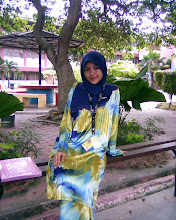
Kecak (pronounced: /'ke.tʃak/, roughly "KEH-chahk", alternate spellings: Ketjak and Ketjack), a form of Balinese music drama, originated in the 1930s and is performed primarily by men. Also known as the Ramayana Monkey Chant, the piece, performed by a circle of 100 or more performers wearing checked cloth around their waists, percussively chanting "cak" and throwing up their arms, depicts a battle from the Ramayana where the monkey-like Vanara helped Prince Rama fight the evil King Ravana. However, Kecak has roots in sanghyang, a trance-inducing exorcism dance.[1]
Kecak was originally a trance ritual accompanied by male chorus. German painter and musician Walter Spies became deeply interested in the ritual while living in Bali in the 1930s and worked to recreate it into a drama, based on the Hindu Ramayana and including dance, intended to be presented to Western tourist audiences. This transformation is an example of what James Clifford describes as part of the "modern art-culture system"[2] in which, "the West or the central power adopts, transforms, and consumes non-Western or peripheral cultural elements, while making 'art' which was once embedded in the culture as a while, into a separate entity."[3] Spies worked with Wayan Limbak and Limbak popularized the dance by traveling throughout the world with Balinese performance groups. These travels have helped to make the Kecak famous throughout the world.




